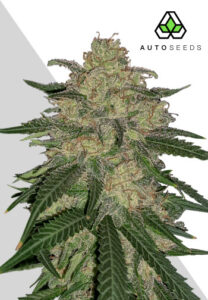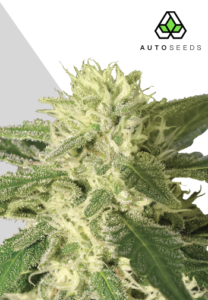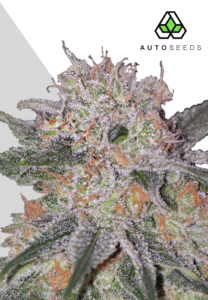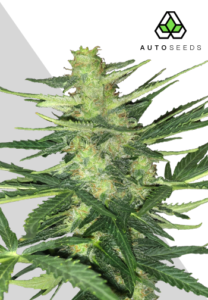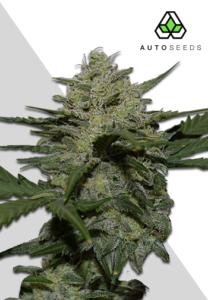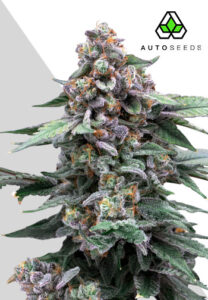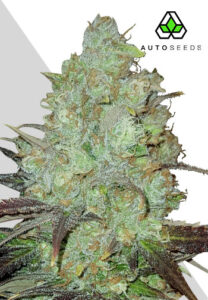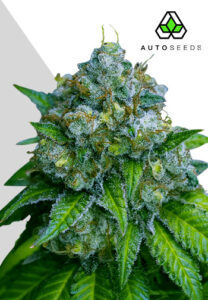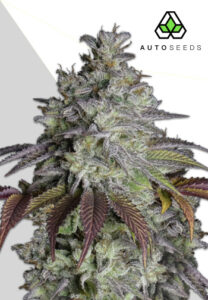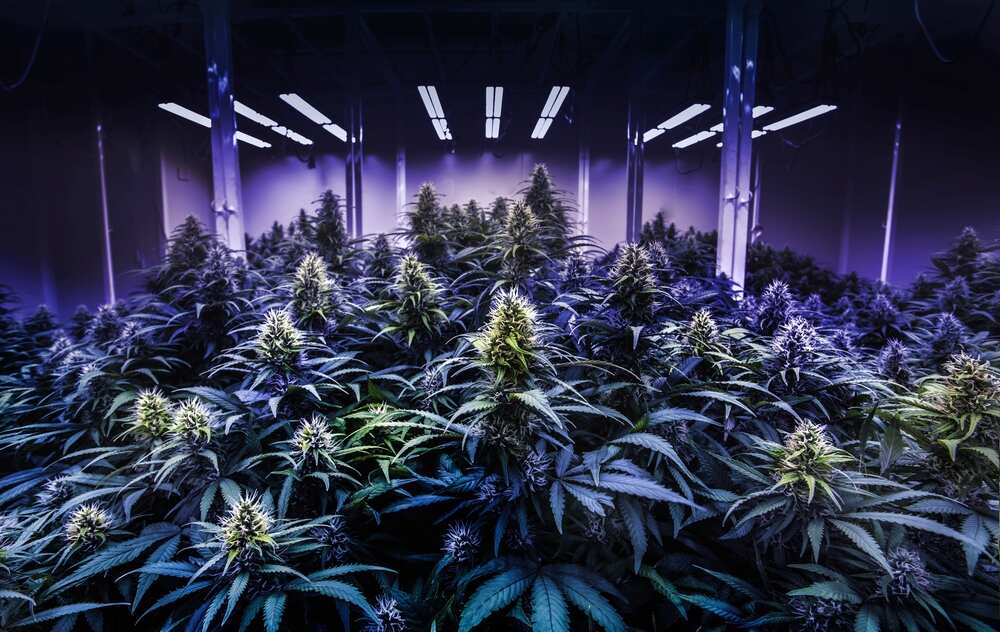
Do autoflowers need darkness?
Autoflowers will still flower and survive without any dark period but turning your lights off on a schedule for a few hours each day is still a huge benefit to them. This article explores why the dark cycle is still important to autos, how much darkness they actually need, and the different lighting schedules for autoflowers.
What is the purpose of the dark cycle when growing cannabis?
The dark cycle is effectively the rest and recovery period for cannabis plants and that’s no different for autoflowers. During the dark cycle, plants undergo physiological processes, such as respiration and energy storage, which keep them healthy and allow them to absorb more light once the lights are turned back on. Darkness allows cannabis plants to focus on root growth and nutrient absorption, leading to stronger and more resilient plants. Additionally, the dark cycle will help your plants to regulate their hormonal balance, particularly the production of the flowering hormones. Leaving the lights on 24/7 could inhibit this hormone production which in some cases might give you smaller yields (the exact opposite goal of the 24/7 cycle).
To put it simply, when you grow any cannabis plant, the goal is to replicate the ideal natural environment for the plant. In all regions that cannabis grows naturally there is at least 4 hours of darkness, therefore anything more than a 20/4-hour light cycle is moving further away from what they are genetically used to.
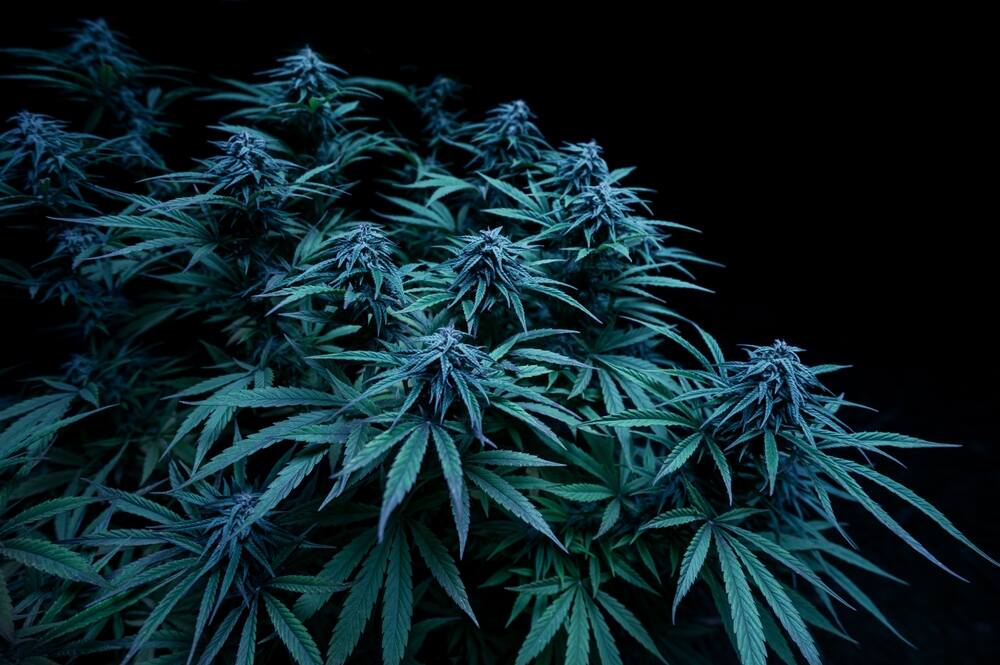
How much darkness do plants actually need?
Photoperiods
Photoperiod cannabis plants need 12 hours of darkness daily during the flowering stage. It is the reduction of daylight from 18/6 to 12/12 that replicates the ending of summertime triggering them to start producing flowers.
Autoflowers
For autoflowering strains, while they don’t rely on light cycles to flower, providing a dark period will still benefit their growth and overall health and reduce the risk of stress, light burn and overheating.
Autos can grow under any amount of light even 24 hours, so having no dark period won’t necessarily kill them, but it will increase their chances of becoming stressed while offering no real additional gains.
At Auto Seeds we think the ideal light cycle for autos is either 18/6 or 20/4 as this provides more than enough light for them to grow, while providing plenty of darkness for rest and recovery.
What is the minimum amount of light you can give an autoflower?
Autos flower based on age rather than light and they grow naturally in regions like Siberia where some days there might only be a few hours of proper light each day. So, they will still survive and flower on minimal lighting. Theoretically they could grow under as little as 3-4 hours of light, however, the outcome would be a very small cannabis plant with very low THC levels.
What are the different autoflower lighting schedules?
Autoflowering cannabis plants can grow well under various lighting schedules. Here are the most commonly used autoflower light cycles:
18/6 Light Schedule
The 18/6 light schedule provides 18 hours of light and 6 hours of darkness. This balance replicates summertime which is when cannabis plants grow fastest. It allows for plenty of light for photosynthesis while giving your plants enough time to rest and perform essential functions in the dark. Pros of this schedule include energy efficiency and healthier plants due to the rest period. The main con is slightly lower yields compared to a longer light schedule.
20/4 Light Schedule
With 20 hours of light and 4 hours of darkness, the 20/4 schedule maximizes photosynthesis while still allowing for a brief rest period. This schedule can lead to higher yields due to the extended light exposure. However, it consumes more electricity and could lead to overheating or light burn. This can easily be controlled if you use lower heat LED grow lights.
24-Hour Light Schedule
The 24-hour light schedule provides continuous light with no darkness. The aim of this method is to maximize photosynthesis. The pros include faster growth and maximum light exposure. Cons include higher electricity costs, potential stress on plants from lack of rest, and increased risk of light burn or other light-related issues.
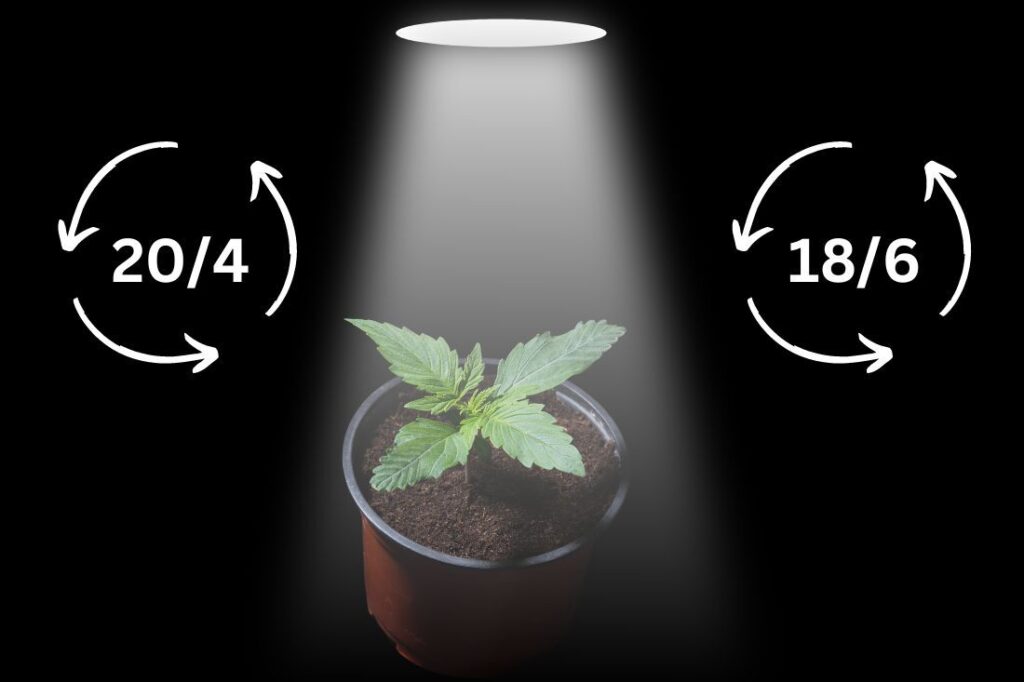
Are autoflowers light sensitive?
Autoflowers photosynthesize like any other plant, however, unlike photoperiod strains, which require less than 12 hours of light to trigger flowering, autoflowers begin to flower based on age rather than light exposure. This unique trait allows autoflowers to thrive under various light schedules. However, they still benefit from a dark period which is why most growers choose an 18/6 or 20/4 light schedule.
Do autoflowers benefit from darkness?
Yes, autoflowers do still benefit from darkness. While they do not require a dark period to start flowering, providing at least a few hours of darkness each day can keep them in good health and help growth. During darkness, autoflowers focus on root development and nutrient absorption and if you are using high powered HID grow lights that give off a lot of heat, the dark period allows your plants time to recover and cool down.
What is it that triggers autoflowers to flower?
Autoflowers begin to flower based on their age rather than light exposure. This characteristic is due to their Cannabis ruderalis genetic lineage. The Ruderalis species is native to colder regions such as Northern China, Russia and Siberia where is has naturally adapted to short summers, with some days having continuous daylight and winter months with no daylight at all. Because of this the internal biological clock of autoflowers tells them that it is time to start flowering typically 2-4 weeks after you have germinated your seeds, regardless of daylight hours.
Can too much light cause stunted growth?
Yes, too much light can be a cause for stunted growth in autoflowers if they become stressed. Excessive light exposure can lead to light or heat stress, which can damage the plant’s cells and inhibit photosynthesis. This stress can manifest itself as stunted growth, leaf burn, or bleaching.
How to ensure your autoflowers are in total darkness
Ensuring your autoflowers are in total darkness involves creating an environment free from any light leaks. Use a grow tent with thick, light-proof fabric to prevent external light from entering. Seal any gaps or openings around zippers and seams with light-proof tape. Make sure your grow room is in a location with minimal external light sources and regularly check for and eliminate any small light leaks that might disrupt the dark period.
Autoflowers benefit from a balanced light schedule, including a dark period for optimal growth. This article covered the importance of darkness, appropriate lighting schedules, and ensuring total darkness for your plants. Applying these tips will help you maximize your autoflower yields. Don’t forget to like and share this article to help others grow successfully!

